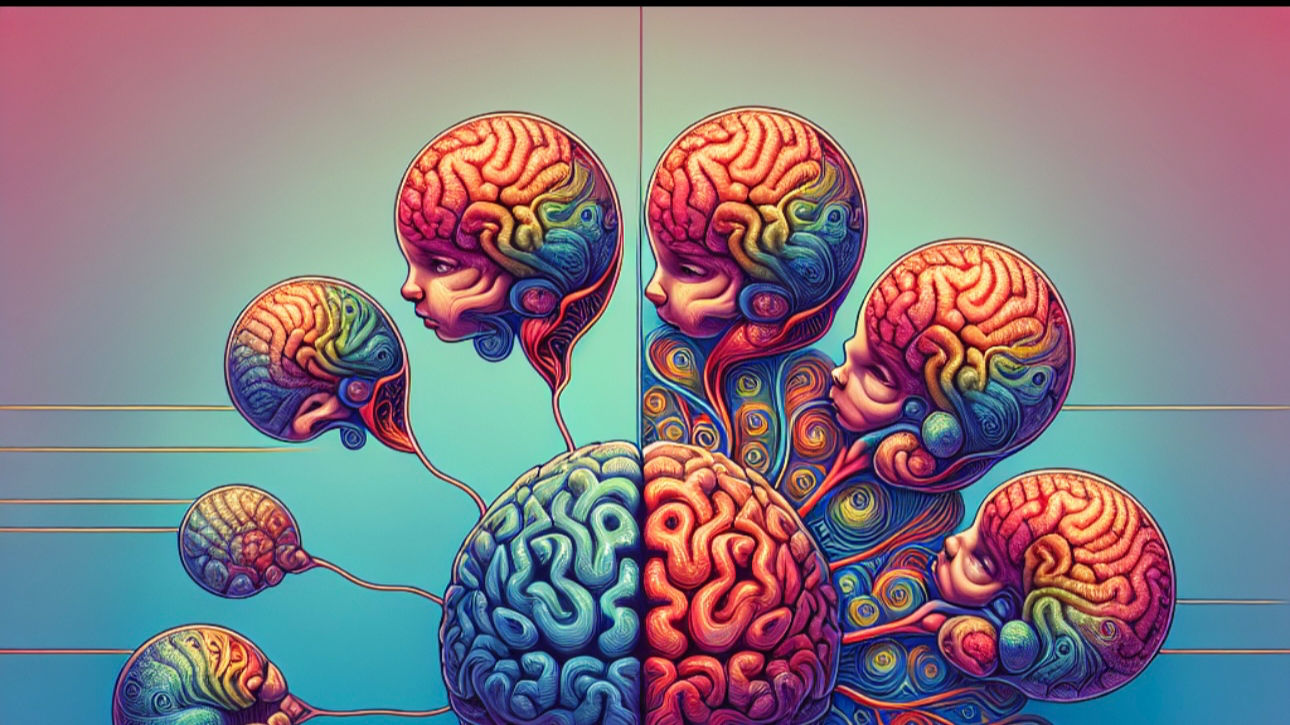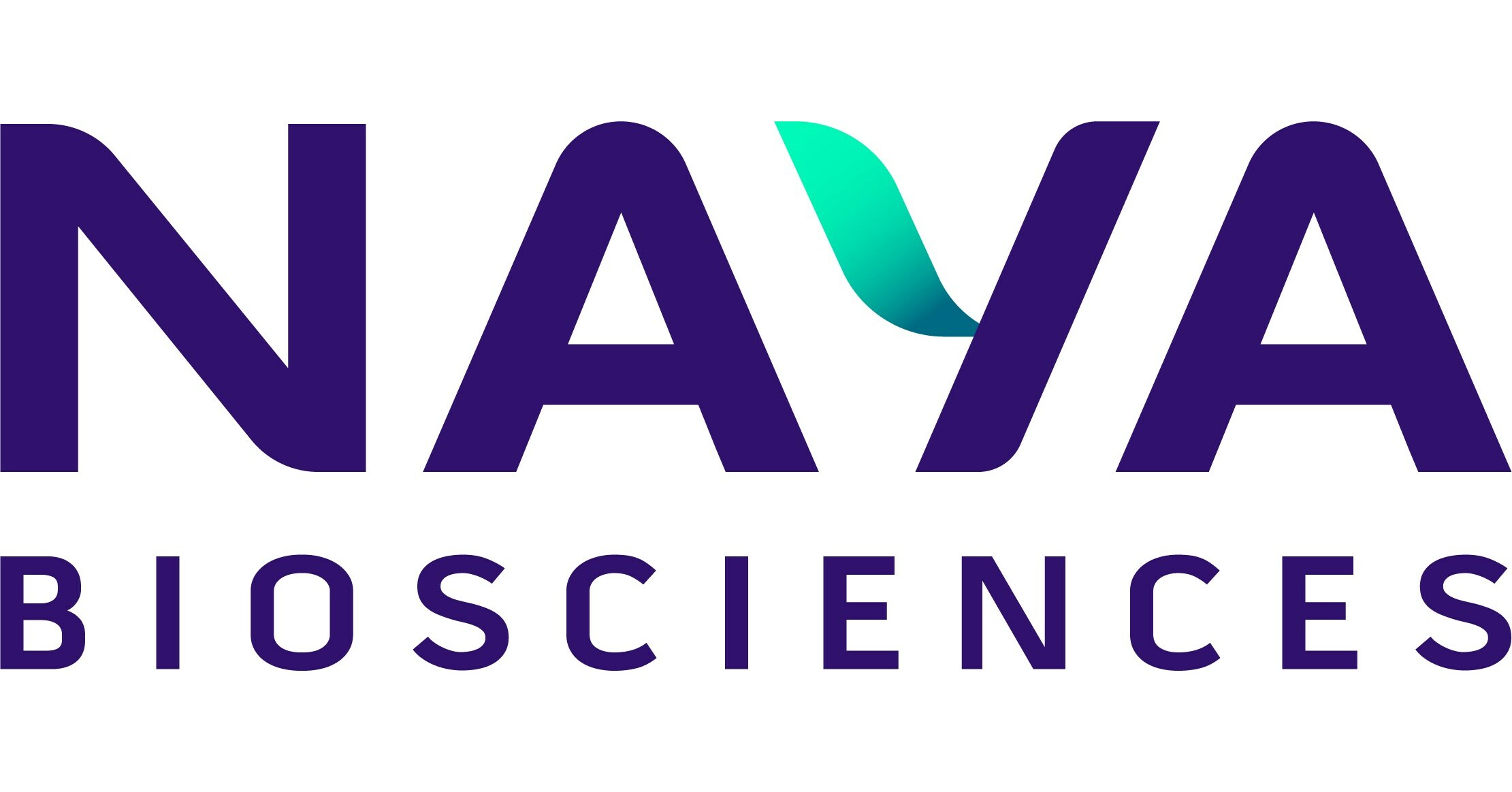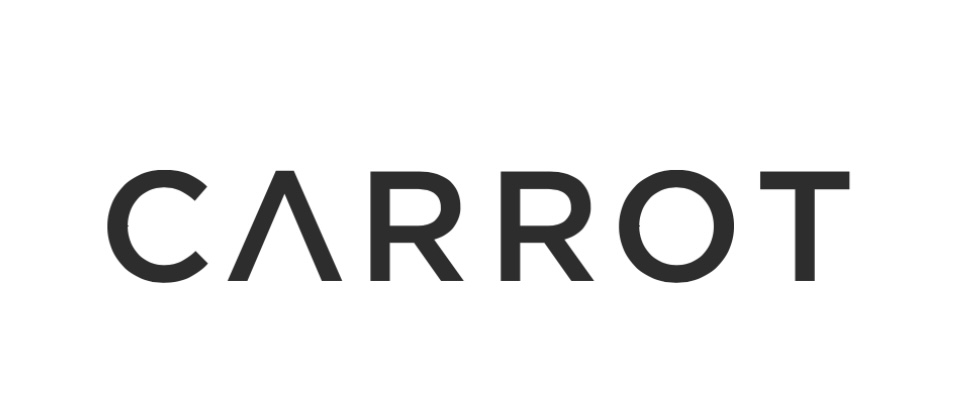"Fetal Brain Development: Key Stages, Factors, and Impacts Explained"
The field of fetal brain development has seen remarkable advancements in recent years. Gone are the days when postmortem observations were the sole method of mapping fetal brain structure. Thanks to the efforts of researchers, a normative atlas of fetal brain maturation has been created using ultrasound scans from around the world. This atlas reveals a fascinating schedule for cortical folding and volumetric growth that unfolds across different stages of development, unveiling unique regional asymmetries at specific moments.
Embarking on the journey of fetal brain development, the embryonic stage kicks off around five weeks postconception with a flurry of activity. Stem cells begin their intricate dance of division and differentiation, laying the foundation for the body and brain to take shape. Meanwhile, the placenta steps in as a vital ally, ensuring the supply of nutrients and oxygen while whisking away waste products. These initial 13 weeks are critical, marking the genesis of organ development and the vulnerability to miscarriages.
As we hit the eighth week mark, the blueprint of both mind and body starts to emerge. Neurons start their migration within the brain, forming connections and setting the stage for basic neural networks. However, this delicate phase also exposes the developing fetus to environmental factors that can pose risks. Air pollution and stress may cast shadows over brain development, potentially impacting cognitive performance in the future. Fortunately, advanced imaging techniques like resting-state functional MRI offer a window into the intricate dance of neural network formation in fetal brains.
Transitioning into the fetal stage, the fetus blossoms with human characteristics as major organs blossom and reserves of body fat start to accumulate. During this period, the embryo crafts a neural plate that gradually transforms into the neural tube, the precursor to the spinal cord and brain. By week 13, pregnant women may feel the gentle movements of their baby, signaling a decrease in miscarriage risks and the emergence of major structures.
For women planning a pregnancy, the spotlight shines on choline as a key player in supporting proper fetal brain development. This essential nutrient fuels the growth of neural pathways crucial for brain connectivity. Whether sourced from foods like salmon and walnuts or taken as dietary supplements, choline plays a pivotal role in nurturing the growing brain.
In the postnatal stage, the orchestra of neuronal production and migration orchestrates a symphony of development. Neurogenesis wraps up around 29 weeks, paving the way for the formation of neural networks essential for processing information and storing memories. Maternal health emerges as a cornerstone in infant brain development, with factors like stress and nutrition wielding significant influence. Prenatal stress, infections, and maternal depression can leave lasting imprints on neurocognitive outcomes and stress responses in adulthood, underscoring the critical role of early caregiving and support systems.
Navigating the second trimester, the fetal brain embarks on a rapid growth spurt as organs flourish and connections burgeon. The brainstem takes the reins in controlling vital functions like heartbeat and breathing rate, while intricate neuronal connections lay the groundwork for future brain specialization. Disruptions during this pivotal phase can lead to structural abnormalities, as witnessed during the Zika virus outbreak with microcephaly cases.
The impact of illnesses and infections during gestation cannot be overlooked, as they cast ripples on fetal brain development. Whether through direct harm or alterations in the maternal microbiome, these external factors can shape the trajectory of brain health. Research endeavors have culminated in the creation of the world’s first digital atlas of human fetal brain development, offering insights into the dynamic journey of growth and maturation between 14-31 weeks gestation. This digital marvel showcases the ebb and flow of volume changes, unveiling emerging asymmetries that mirror the trajectory of normal postnatal brain development.
In conclusion, the intricate tapestry of fetal brain development unveils a captivating saga of growth, vulnerability, and resilience. As researchers continue to unravel its mysteries, the legacy of understanding and nurturing the fetal brain paves the way for brighter futures and healthier minds.











